A remarkable archaeological discovery has come to light during the construction of a car park near Mater Dei Hospital in Msida, Malta. Excavations revealed a Punic-era tomb complex, estimated to be around 2,300 years old.

This ancient burial site, believed to have been used through the Punic and early Roman periods, offers distinctive perspectives on the burial practices and communal life of that era, according to statements from the Foundation for Medical Services and Malta’s Superintendence of Cultural Heritage (SCH), who jointly supervised the excavation.
The initial discovery was made during trenching work for a potable water line installation as part of the car park project. The SCH, which had monitored the project from the start due to the archaeological sensitivity of the area, confirmed that the burial site was uncovered in September 2024. “The findings, which include skeletal remains, cremation urns, and other funerary artifacts, offer valuable insight into the ancient community that once inhabited the region,” the Foundation for Medical Services and SCH said in a joint statement.
The tomb complex consists of three separate rock-hewn burial chambers, all accessible through a central shaft, a design common in Punic and Roman burial practices. Each chamber was sealed with its original stone slab, a rare state of preservation for a tomb of this age. Inside, archaeologists discovered skeletal remains, cremation urns, and various grave goods that had been carefully placed within the chambers.
The SCH reported that many bones were arranged systematically, suggesting that later burials may have repositioned earlier remains to make space for new interments, a practice that offers clues about burial traditions and social structures of the time.
A team of SCH archaeologists and osteologists meticulously excavated the chambers over two weeks, documenting and analyzing each find. The contents of the chambers varied, with Chambers 2 and 3 holding at least six inhumations each, while Chamber 1 contained a minimum of two. In addition to the skeletal remains, cremation urns and a modest collection of funerary artifacts were found, indicating a range of burial practices. These artifacts, some of which reflect Roman influence, suggest that the tomb complex remained in use into the early Roman period.
Following the on-site excavation, the remains and artifacts were transferred to the SCH laboratory for detailed analysis. Specialists aim to study the remains to determine the age, sex, and health conditions of the buried individuals. This research may also reveal more about the genetic lineage and lifestyle of the ancient community.
The SCH’s oversight of the project began in 2021 when an application for the car park construction was filed, anticipating the archaeological significance of the location.
Efforts to retain the tomb in its entirety highlight the discovery’s significance. By preserving and studying this burial complex, Malta gains a deeper understanding of its ancient history.
Sources: Foundation for Medical Services / SCH Malta




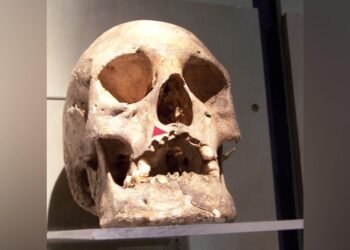
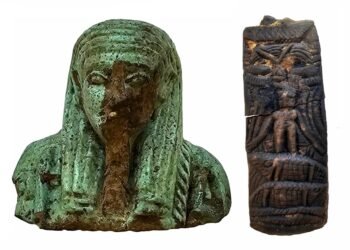
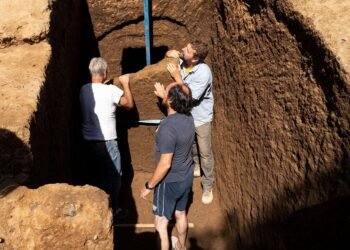
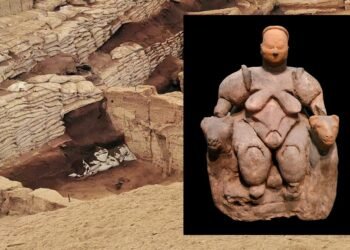
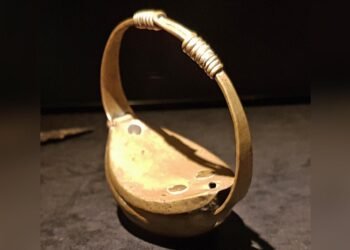
















Comments 0